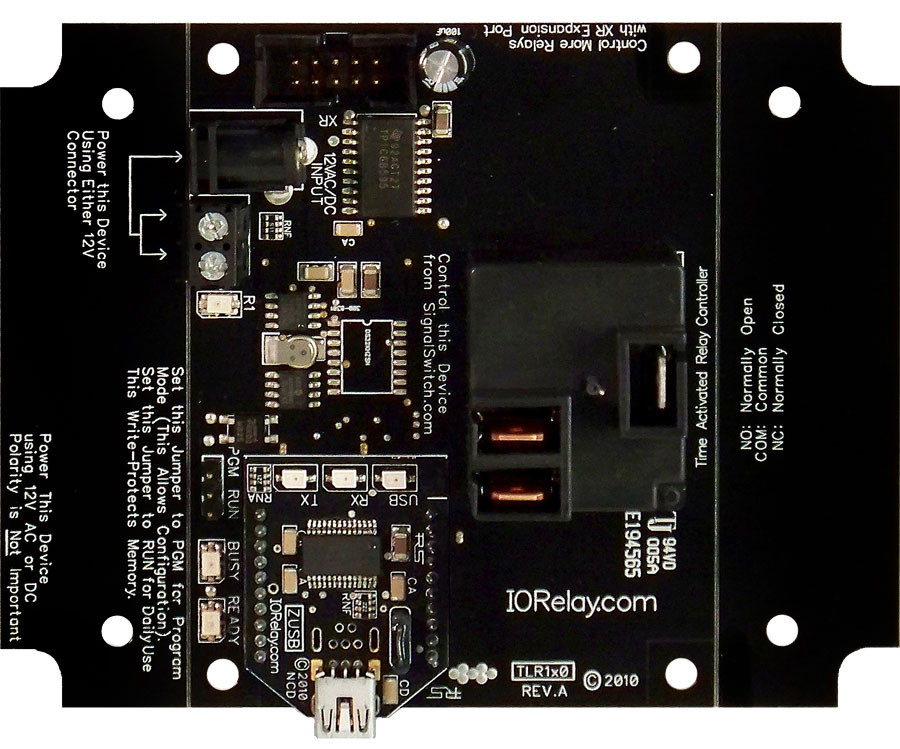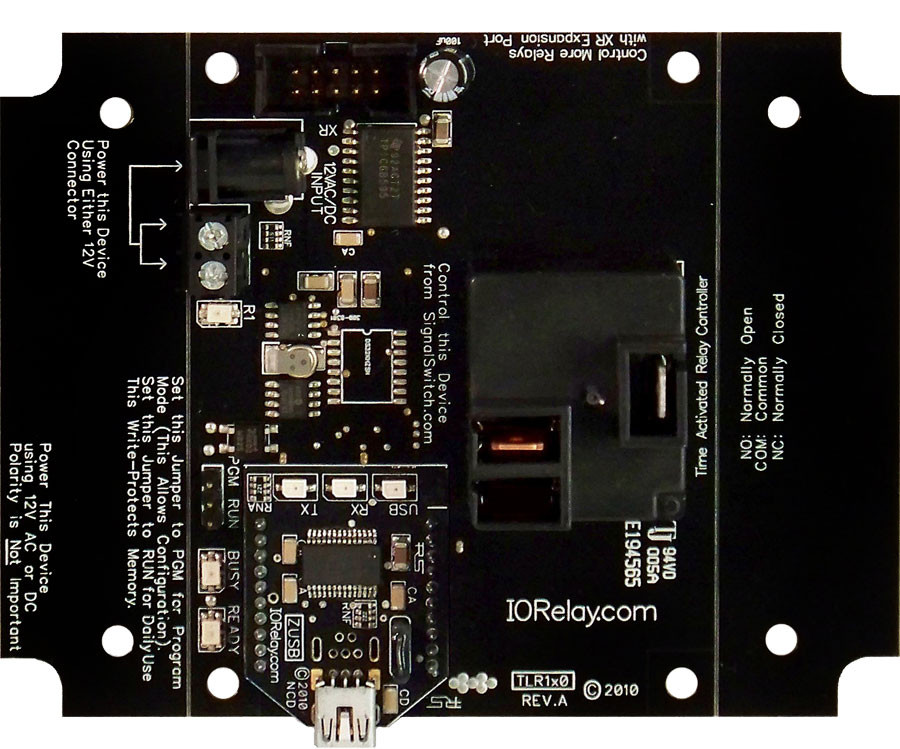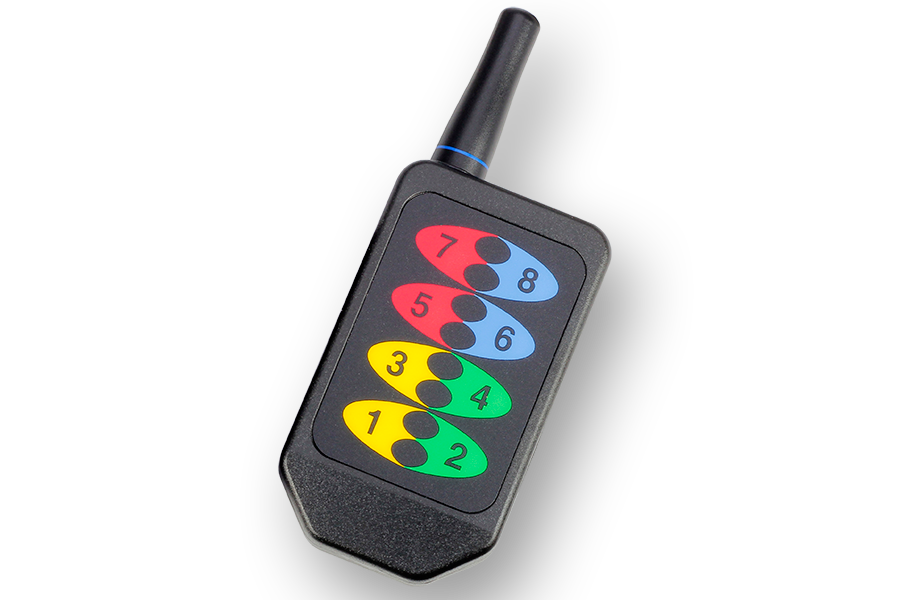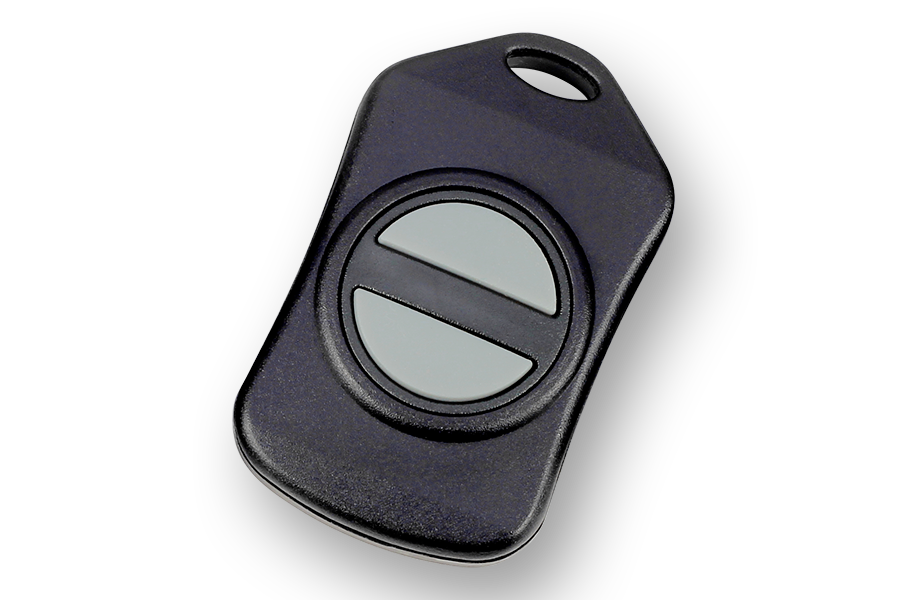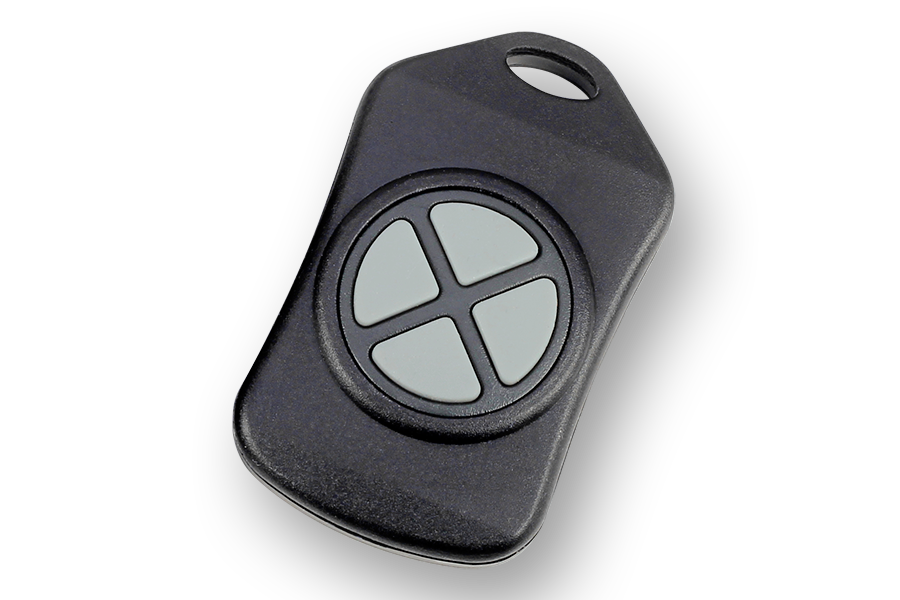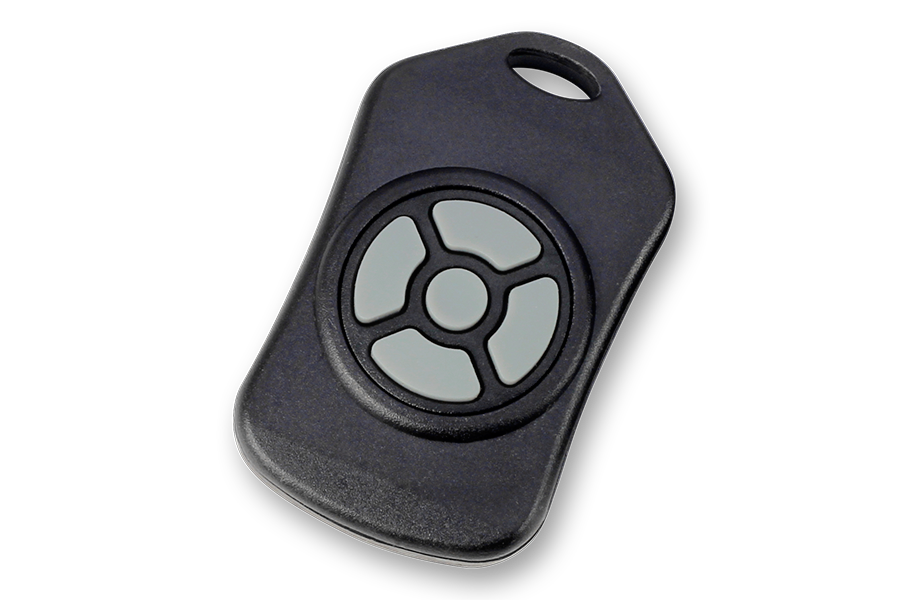Time Activated Relay Controller 1-Channel High-Power Switching
Highlights
- Time Activated Relays using Integrated Real Time Clock
- Stores up to 999 Events and Control Relays Without a PC Connected
- 1 On-Board 20-Amp SPDT or 30-Amp SPDT Relay with LED Relay Status Light
- Designed for High-Power Switching Applications
- Battery Backed Clock Keeps Time when Powered Down
- Control Relays based on Time Schedule or Override with your PC
- Modular Communications Interface Supports Many Popular Communication Modules:
- WiFi, Bluetooth, Ethernet, Industrial Wireless, USB, RS-232 and More
- Programmable Time Compensation Reduces Time Drift
- Supports Daylight Savings Time with Programmable Schedule
- Calculates Relay Status from Midnight to the Current Time on Boot Up
- Controls 256 Relay Based on Time Schedule
- Easy GUI Configuration using Base Station Software
Time Schedule Controlled Relay 1-Channel High-Current
This NCD Taralist series 1-Channel high-power relay controller allows users to control the on-board relays based on a time schedule. Taralist controllers evaluate up to 999 events each second to determine which relays should be activated or deactivated. Control signs at specific times of the day, activate security lighting, or control bells or alarms to indicate work shift or classroom changes. Taralist controllers have an on-board real time clock with battery backup to help keep the time in sync. This controller consists of one high-current relay, available with your choice of 20-Amp SPDT or 30-Amp SPST relays (configured during purchase). High-Current relays are suitable for use in high-power control applications, including lights, motors, and other types of electrical devices. On-board LED status lights indicate relay on/off status. Take control from a computer using your favorite communication technology, including USB, RS-232, Bluetooth, WiFi, Ethernet, and industrial wireless. NCD Taralist controllers also include an on-board XR expansion port, allowing control of up to 256 relays. Mix and match relay types for different kinds of switching applications. Send commands to Taralist controllers from your computer to override the the relay control schedule or return control of the relays back to the Taralist clock. Use a computer to configure and override the relays or disconnect from your computer and let it control relays on its own. Use your computer to store multiple time schedules, simply upload a new time schedule to the controller when needed. Includes support for Daylight Savings Time and time-drift compensation. Base Station software makes it easy to configure Taralist controllers with a complete point-and-click GUI interface.
Taralist Time Activated Relay Controllers
Our Taralist Relay Controllers make it easier than ever to add time activated switching to your most demanding automation application. Taralist controllers include an integrated Real Time Clock (RTC) with battery backup that allows relays to be controlled according to a time schedule. Use your computer to sync the current time with your computer, setup the time schedule, and store your schedule into the Taralist controller. Once stored, Taralist does not require a computer for daily operation. Taralist will activate relays according to your event schedule, with a robust array of relay control events.
Time Schedule Events
Taralist stores up to 999 events into its memory. Every second, Taralist examines all 999 events and looks for a time match. When a time match is detected, a relay is turned on or off. Relays may be activated based on many time-based criteria, including: Year, Month, Day of the Month, Day of the Week, Hour, Minute, and Second. Activate relays only on Wednesdays, or only on a particular year, or both! You have tremendous flexibility in determining which matches you require for each event, making it possible to only activate relays on weekends, or on specific holidays. Some of our customers use Taralist controllers to activate a bell between classes or to control flashing signs for school zones.
Daylight Savings Time is also supported, and is fully customizable. As we all know, DST laws change periodically, but the Taralist series allow you to change the year and date of all DST events when needed (we have programmed the US DST dates until 2030 for you).Base Station Software
Taralist controllers are configured using our Base Station Software. Base Station provides you with GUI interface for configuring events. Multiple event schedules may be saved on your computer and uploaded to Taralist when needed. Taralist controllers support most of our communications technologies. We advise having a ZUSB USB Interface module on-hand for troubleshooting, but Taralist also works through Bluetooth, WiFi, Ethernet, RS-232, and industrial wireless communication technologies.
Clock Accuracy – Adjustable Time Compensation
Clock Accuracy is of paramount importance to us. Like most clocks, time drift is a reality that must be considered. The Taralist clock has some special features to help keep the time accurate. We have included time compensation functions that allow you to automatically adjust the clock forward or back (by up to 15 seconds) each day of the week. For instance, you may find the Taralist keeps better time if it automatically advances the clock 1 second each day of the week. Or you may find that you need to subtract 5 seconds from the clock 1 day per week. Adjustable time compensation will help keep your clock accurate (though it is always a good idea to check on the clock periodically and sync it with your computer).
Computer Control
NCD time activated Relay controllers have some amazing abilities when it comes to making decisions on their own based on the events you configure, but you can take control of the relays at any time from a computer as long as your computer is connected to a Taralist controller. Send commands to override the time schedule and turn relays on or off manually with your computer. When your computer has control of the relay, Taralist will not be able to control it from your event schedule. Simple click a button to give a relay back to Taralist for time-schedule control.
Power Loss Backup Buffer
The Midnight Backup Buffer is a special feature we developed to help keep track of which relays should be activated in the event power is lost. Every night at midnight, the current status of all relays is stored in non-volatile memory. If power is lost, the Taralist will load the status of the relays from memory. Next, the Taralist will calculate all events from midnight to the current time to determine if any relays need to be activated or deactivated. Finally, the Taralist will refresh all relays and will be ready for normal operation.
Relay Outputs
NCD time activated relay controllers are capable of controlling up to 256 Relays. Taralist is available with 1, 2, 4, 8, 16, 24, 32, 48, 56, or 64 on-board relays. XR Expansion Relays may be added to the XR Expansion Port to control more relays of different types if needed.
Communications
Communications is one of the most powerful features of Taralist controllers. The ability to communicate with a wide variety of technologies make it among the most powerful time sequence controllers available. Each communication technology offers numerous benefits, but we suggest the WiFi Bluetooth USB communications module for this device, as it has the ability to sync to a time server, keeping the clock in sync while still providing USB and Bluetooth connectivity for device configuration. The Key Fob communications module can also be helpful for this controller if you need to manually take control of relays.
Communication Module Options

RS-232 Serial Communications Module
NCD RS-232 Serial Communication modules make it easy to integrate the worlds most prolific communication standard. Easily interface to desktop PCs and laptops for easy control via standard serial commands. Most NCD devices typically default to 115.2K Baud; however, older low-cost devices implement 9600 baud data rate as the predominate standard. Learn more about our RS-232 communications module here.
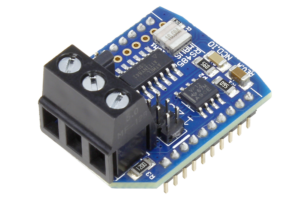
RS-485 Serial Communications Module
Our RS-485 Serial Communications Module makes it easy to network up to 256 NCD devices together at distances up to 4,000 feet. Each RS-485 node includes 3 screw-terminals for a 3-wire connection to the RS-485 master. Learn More about our RS-485 Communications module here.
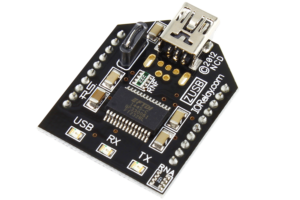
USB Communications Module
Our USB interface module makes it easy to control our devices using the USB port. Simply plug into any available USB port and start controlling our devices using standard serial commands. NCD USB Interface modules feature genuine FTDI USB to Serial Converter Chips, the very best in the industry. Learn more about our USB Communications module here.
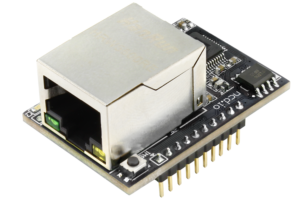
Ethernet TCP/IP Communications Module
Control NCD devices using standard Ethernet TCP/IP communications. Simply open a socket and send and receive TCP/IP data to control our devices. Our Ethernet TCP/IP Communication modules feature our 3rd Generation Ethernet to Serial communications module. Use the integrated web page to configure settings. Upload your own customized web page to add special features to this device. We have included a few sample HTML files to help you get started. Learn more about the NCD5500 Ethernet communications module here.
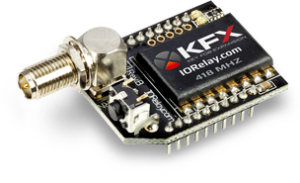
Key Fob KFX Remote Control Module
Our KFX Key Fob Remote control Module generates serial data when a remote control button is pressed or released. Remote control buttons can be used to send relay activation and deactivation commands when paired with a ProXR compliant relay controller. The KFX module may also be used to send serial commands to just about any NCD device with a compatible interface module connector. A USB Configuration adapter is required to configure serial communications. Learn more about the KFX Module here.
Large Key Fob Remotes Provide Remote Operation up to 700 feet away Line of Sight. Small Key Fobs are available that offer 1 to 5 Buttons with up to 200 Foot Range Line of Sight. Up to 40 Key Fobs may be securely paired to a single KFX Module with each remote triggering identical functions. Click on the Key Fobs to learn more about each remote or click here to see all KFX Related Accessories.
All links will open in a new window.
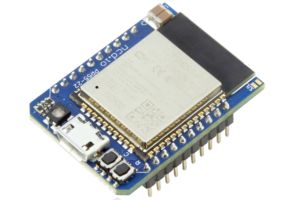
WiFi Bluetooth USB 3 in 1 Module with MQTT Support
Control NCD devices using standard WiFi TCP/IP communications or use the integrated Bluetooth for simple wireless computer to device interface using a wireless virtual COM port. Use the USB port for control over a virtual COM port for easy connectivity. This is a low-cost solution that lets you try different solutions with easy setup using a integrated Web Page User Interface for all Configuration settings. Connect to a MQTT Server over WiFi for remote operation over the internet. Learn More about our WiFi TCP/IP Communications module here.
Bluetooth
Using the Bluetooth SPP Profile, this device will connect to your PC using Bluetooth, Appearing as a Virtual COM Port. Communicate with this Device up to 200 Feet away!
WiFi
Use the Integrated Web Page to Configure Vital Settings and Use TCP Communications to Communicate to the Device using Simple Byte Packets. A integrated Relay Control Web Page is Available for Select NCD Relay Controllers.
USB
Using the USB interface, this Device will Plug into your PC, MAC, or Linux system and install a Virtual COM Port Driver
MQTT and Amazon AWS Connectivity
Connect Directly to MQTT Servers including Amazon AWS and communicate with this device from anywhere in the world. Subscribe to a Topic that contains control bytes to control the connected device. Response bytes from the connected device will be Published to the Cloud.
TCP Communications and UDP
This Communications Module sends UDP Broadcasts to help locate the IP address of the WiFi module on your Network. Once discovered, simply open port 2101 and send and receive bytes of data to control the connected device and read responses over a WiFi network.
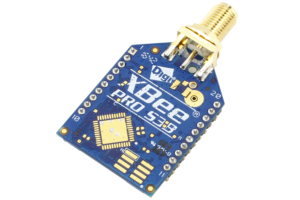
Long Range Wireless Industrial Mesh
Long-Range Wireless Mesh networking is our favorite of all wireless communication technologies. This is the ONLY communications technology NCD recommends on the factory floor, operating at a safe 900MHz. Mesh technology will hop data from one location to another to reach its intended destination, users do not need to do anything other than make sure wireless modules stay within hopping range of each other. We use the Digi 900HP-S3B module in many of our products, as this is the best industry has to offer. With a 2 mile range between modules and up to 8 hops, it is possible to cover 16 miles of wireless territory using this technology. Using high-gain antennas, this module is capable of communicating to a remote module up to 28 miles away. Please note that data hopping only works between live devices. Data will not hop between sleeping sensors. Data will hop from sensors to gateways and modems. Data will also hop between gateways and modems. Learn more about our long range wireless module here.
Associated Part Numbers
This product may have been previously manufactured using a part number shown below:
Relay Options
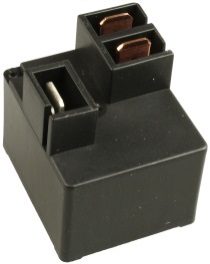
20-Amp SPDT High Power Relay Option
This controller is available with a 20-Amp relay option, allowing control of high-power loads up to an absolute maximum of 240VAC at 20 Amps. Ideal for high-power switching applications, this relay should never be used for low-power signals. The 20-Amp relay is of the SPDT variety, which provides Common (C), Normally Open (NO), and Normally Closed (NC) connections. Common is connected to NC when the relay is off. Common disconnects from NC and connects to NO when the relay is activated. This relay is Rated at 20-Amps between NO and C. Do not exceed 10-Amps between C and NC connections. This relay uses .250″ Quick Connect terminals (optional accessory) to connect to the top side of the relay. The relay is molded with COM, NC, and NO markings into the plastic. Review Datasheet
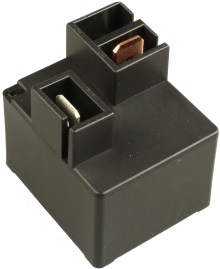
30-Amp SPST High Power Relay Option
This controller is available with a 30-Amp relay option, allowing control of high-power loads up to an absolute maximum of 240VAC at 30 Amps. Ideal for high-power switching applications, this relay should never be used for low-power signals. The 30-Amp relay is of the SPST variety, which provides Common (C) and Normally Open (NO) connections. Common has no connection when the relay is off. Common connects to NO when the relay is activated. This relay uses .250″ Quick Connect terminals (optional accessory) to connect to the top side of the relay. The relay is molded with COM, NO markings into the plastic. Review Datasheet
Mechanical Drawing
Wiring Diagrams
Essential
Documentation
Communications
Tutorials
- Using Comm Operator to Control USB Relays
- Choosing the Right USB Relay Controller
- Controlling Inductive Devices: Managing Induction & Electromagnetic Interference
- Introduction to Computer Controlled Relays and Switching
- Relay Logic
Download NCD Base Station
USB Intro
We explain the advantages and disadvantages to USB communications and how it effects our Relay Controllers and your application. Some of the information is outdated as we’ve moved away from controlanything.com. Most modern operating systems come with the FTDI driver installed so you should just need Base Station
USB FTDI Communication Module Compatible with the Digi XBee ® Controlling Relay
FT232RL USB Interface Adapter Similar to the Digi XBee ® footprint shown controlling a 16-Channel Relay Controller Board Available from https://store.ncd.io/product/usb-communications-module-ft232rl-zusb/ Drivers Available from FTDI: http://www.ftdichip.com/FTDrivers.htm Base Station Software: ncd.io/start Digi.com offers a wide variety of XBee Interface modules for industrial wireless applications. Digi XBee® devices are compatible with NCD products.
USB Setup
Learn how to set up you own ZUSB Module to work with your NCD Relay Controller. For complete instructions and details on how to use an NCD ZUSB Module see our article at https://ncd.io/zusb-usb-communications-module-quick-start-guide/ Portions of this video may be outdated as we have moved from controlanything.com since this video was created.
Finding the Com Port
Learn how to find the COM Port on your windows based computer. You can also use Base Station to find the COM Port of your Relay Controller. Base Station can be downloaded at ncd.io/start.
Wired Communications
Get the rundown on the pros and cons of all the Wired Communication Interfaces we offer. If you want to know which wired technology will best suit your needs this video will get you the information you need in just a few minutes. Whether you need the power of ethernet or the simplicity of RS-232 we have something to fit your application.
Introduction to Relay Control
This video will guide you in determining which relay controller you need for your application as well as a general overview of the differences between Relay Options. If you’re new to our products or just need a refresher for a new application this is a great place to start.
Taralist Setup
Learn how to setup your Taralist to get the most out of your board. This video is no longer accurate in regards to the software used to configure a Taralist Board. Please see our article at https://ncd.io/taralist-time-activated-relay-quick-start-guide/ for updated instructions.
Taralist
Learn the strengths and uses of Time Controlled Relays. Our Time and Schedule activated Taralist Relay Controllers give you the power and flexibility you need for any time sensitive application.
Induction Suppression
Learn about Induction and how it comes into play with Relay Controllers. Induction suppression can make your Relay Control applications intermittent and unreliable. This video will show you what causes it, how to avoid it, and how to account for it in your application.
Hiph-Power Relay Controller Specifications
This table covers all NCD High-Power Relay Controllers. All ratings assume 12VDC operation at 70°F (21°C). Please note that most ratings are estimated and may be subject to periodic revision. Some ratings represent stock controller settings without performance enhancement optimizations. The estimated processing time can be impacted by background services and choice of commands. Standby power consumption assume no communications module is installed and no relays are active on the controller. Please add the power consumption of the activated relays and communications module to obtain a better estimation of power consumption.| Specifications of NCD SPDT Relay Controllers | Minimum | Nominal | Maximum | Notes |
|---|---|---|---|---|
| Operational Voltages | 10VDC | 12VDC | 15VDC | |
| Standby Power Consumption | 35mA | 100mA | 200mA | No Active Relays, No Com Module |
| Relay Power Consumption | 28mA | 35mA | 60mA | Consumption of Each Activated Relay |
| Operational Temperature Range | -40°F (-40°C) | 70°F (21°C) | 185°F (85°C) | Theoretical Component Limits Shown |
| Storage Temperature Range | -67°F (-55°C) | 70°F (21°C) | 185°F (85°C) | Theoretical Component Limits Shown |
| Operational Ambient Air Humidity | 0% | 50% | 70% | Non-Condensing Humidity Values Shown |
| Relay Activation Time | 15ms | Component Rating Shown | ||
| Relay Deactivation Time | 10mS | Component Rating Shown | ||
| Operational Life Mechanical | 10,000,000 | Component Operation Rating | ||
| Operational Life Electrical | 100,000 | Component Rating at Maximum Load |
Communication Module Specifications
This table covers all NCD Communication Modules. While NCD communication modules operate at 3.3VDC, the ratings below highlight the effect they will have on the master controller operating at 12VDC at 70°F (21°C). Maximum ratings should be used for power budget planning purposes and may reflect short term absolute maximum peak current consumption. Some ratings are estimated and subject to periodic revision.| Specifications of NCD Communication Modules | Minimum | Nominal | Maximum | Notes |
|---|---|---|---|---|
| Operational Temperature Range | -40°F (-40°C) | 70°F (21°C) | 185°F (85°C) | Theoretical Component Limits Shown |
| Storage Temperature Range | -67°F (-55°C) | 70°F (21°C) | 185°F (85°C) | Theoretical Component Limits Shown |
| Operational Ambient Air Humidity | 0% | 50% | 70% | Non-Condensing Humidity Values Shown |
| USB Communications Module Power Consumption | NA | NA | NA | USB Modules are Powered by the USB Port Do Not Consume Device Current |
| RS-232 Communications Module Power Consumption | 10mA | 20mA | ||
| RS-485 Communications Module Power Consumption | 20mA | 35mA | ||
| Ethernet Communications Module Power Consumption | 58mA | 82mA | 100mA | |
| WiFi Bluetooth USB Communications Module Power Consumption | 37mA | 50mA | 100mA | Up to 300 Foot Indoor Wireless Range, Unobstructed. Up to 50 Foot Range Through Walls. |
| 900MHz Wireless Communications Module Power Consumption | 13mA | 30mA | 50mA | Up to 1,000 Foot Indoor Wireless Range, up to 2 Mile Outdoor Wireless Range using Included Antennas. Up to 28 Miles Outdoor Wireless Range using High-Gain Antennas. |
| 868MHz Wireless Communications Module Power Consumption | 17mA | 30mA | 50mA | |
| 2.4GHz Wireless Communications Module Power Consumption | 8mA | 20mA | 30mA | |
| KFX Wireless Key Fob Communications Module Power Consumption | 11mA | 15mA | 25mA | Up to 200 Feet Outdoor Wireless Range using 1, 2, 3, 4, or 5 Button Key Fobs. Up to 700 Feet Outdoor Wireless Range using 8-Button Remotes. |
WiFi Bluetooth USB Interface Advised
Please Note: All customers STRONGLY ADVISE the purchase of the WiFi Bluetooth Communications module. This communication module may be used to recover a controller or to reconfigure a controller should there be an accidental loss of communications. NCD Tech support may be unable to assist customers who do not have a USB Communications Module available for troubleshooting purposes.
Relays Provide No Voltage Output
Please Note: Relays do NOT provide a voltage output. They provide a contact closure output, exactly like the terminals found on a light switch at your local hardware store. Wiring to a relay will be slightly different depending on the model controller you choose.
Usage Notes
Boot up time of a Taralist controller is less than 1 second. The CPU on the Taralist controller operates at 64 MHz and is capable of processing 999 events in 17ms. Taralist controllers may be configured wirelessly or through the USB port using Base Station Software. A computer may take control of a Taralist controller and control relays by sending only a few bytes of data (using Wireless or USB communications). The Taralist controller requires power at Midnight of each night for proper operation of the backup buffer. A very small rechargeable Lithium battery is permanently soldered to the controller; the charge rate of this battery is programmable using Base Station software. When connected to the USB port of your computer, the Taralist controller must have power to prevent excessive time drift. The Midnight Backup Buffer may be edited using Base Station Software. Time schedule events cannot be processed without power, battery backup is used to keep time only.
900HP-S3B Wireless Compatibility Notes
Notice: Compatibility Notes Does NOT Apply to the Following Products:
- NCD Enterprise Solutions
- NCD Wireless Sensors
- NCD Enterprise Modems and Gateways
Notice: Compatibility Notes Applies to NCD Industrial Products, Including Fusion, ProXR, ProXR Lite, Taralist, and Reactor Series Products.
Compatibility Notes
When using an 900HP-S3B communication module, it is essential that you use the ZIGMO_PCB to configure the module settings. Long-Range wireless sensors may be programmed over the air without removing the communications module.
A 900HP-S3B Modem or a gateway of some kind that support the 900HP-S3B communications module will also be required.
Ethernet TCP/IP Compatibility Notes
This device periodically sends UDP Packets on port 13,000, which help identify the IP address of this device on your network.
RS-232 Serial Compatibility Notes
The NCD RS-232 Serial communications module is compatible with standard RS-232 signals (+/-10VDC), which are not directly compatible with UART signals from a microprocessor. If you are working with Arduino, Microchip PIC, or other common microcontroller, a communications module is not required. Microcontrollers will directly talk to the on-board processor of all NCD controllers.

